Wix vs Webflow: Final verdict
Wix and Webflow both offer powerful website building platforms, but they cater to different user needs and preferences.
-
Wix (Overall Grade: 8.5/10)
is renowned for its user-friendly interface and extensive design capabilities. It is ideal for users who prioritize ease of use and creative freedom. Wix’s AI-driven tools, affordable pricing, and robust marketing features make it a great choice for small businesses, creatives, and beginners looking to establish an online presence without needing to code. When comparing Wix vs Webflow, Wix stands out for its simplicity and versatility. -
Webflow (Overall Grade: 7.9/10)
excels in providing a professional-grade design experience with powerful customization options. It is best suited for experienced designers and developers who need advanced design tools and a flexible CMS. Webflow’s superior hosting quality, extensive template library, and high customization potential make it a strong contender for creating highly responsive and visually stunning websites. In the Wix vs Webflow comparison, Webflow is the preferred choice for those seeking a more sophisticated and professional web design platform.

|

|
|
|---|---|---|
|
Design functionalities & templates |
8.6 |
8.6 |
|
Ease of use |
9.0 |
7.5 |
|
Ecommerce |
8.0 |
8.5 |
|
Website Editors |
8.5 |
9.0 |
|
Product testing options |
8.1 |
6.3 |
|
Price |
8.7 |
8.0 |
|
Hosting quality |
8.5 |
8.9 |
|
Website speed optimization |
8.3 |
8.1 |
|
Plugins and integrations |
8.2 |
5.5 |
|
Marketing features |
8.4 |
7.8 |
|
Customer support |
8.2 |
8.3 |
|
Security |
8.5 |
7.8 |
|
AI capabilities |
8.7 |
8.3 |
|
User Management |
8.2 |
8.3 |
Which one is the best for ecommerce: Wix or Webflow?
 8.0
8.0
 8.5
8.5
Verdict
: When comparing Wix vs Webflow, Webflow slightly edges out Wix in ecommerce capabilities, making it a better choice for those seeking advanced customization and flexibility.
-
Wix
: Wix is a user-friendly platform ideal for small to medium-sized online stores. It offers a range of templates and basic ecommerce features, making it accessible for beginners. However, it may not provide the depth of customization and scalability that larger businesses might require. Best For Ecommerce score: 8.0 -
Webflow
: Webflow excels in providing powerful design tools and flexible CMS options, making it suitable for professional designers and businesses looking for advanced customization. Its ecommerce features are robust, supporting various payment gateways and offering extensive product page customization. Best For Ecommerce score: 8.5
Which one is the best for informational and business websites?
 8.3
8.3
 8.6
8.6
Verdict
: When it comes to creating informational and business websites, Webflow slightly edges out Wix due to its powerful design tools and flexible CMS, making it ideal for professional designers. However, Wix remains a strong contender with its user-friendly interface and extensive template options.
-
Wix
: Wix is a versatile website builder that excels in ease of use, making it perfect for beginners and small businesses. Its drag-and-drop interface and wide range of customizable templates allow users to create visually appealing websites without any coding knowledge. With a score of 8.3, Wix is a solid choice for those who prioritize simplicity and design flexibility. -
Webflow
: Webflow, with a score of 8.6, is designed for professional designers and developers who need more control over their website’s design and functionality. It offers a robust set of design tools, a flexible CMS, and top-tier hosting services. Webflow’s platform allows for the creation of highly customized, responsive websites, making it a comprehensive solution for more complex informational and business websites.
Wix vs Webflow: Detailed comparison
Design functionalities & templates
Design FunctionalitiesRepresents how well each platform allows for creative design and customization of websites.Score Components:
- Template Variety (30%): Range and quality of design templates.
- Customization (30%): Flexibility and options for design alterations.
- User Interface (20%): Ease and intuitiveness of the design process.
- Responsiveness (10%): Adaptability to different devices and screen sizes.
- Innovation (10%): Unique design features and tools.
 8.6
8.6
 8.6
8.6
Winner: Tie.
Both Wix and Webflow offer robust design functionalities and a wide array of templates, making them both excellent choices for users who prioritize design flexibility and customization.
Wix stands out with its wide range of highly customizable templates suitable for various website types, not just ecommerce. It offers creative freedom in design, appealing to a diverse user base. While Wix doesn’t have a premium template marketplace, it has 3-rd party theme shops that allow you to get more sophisticated design choices.
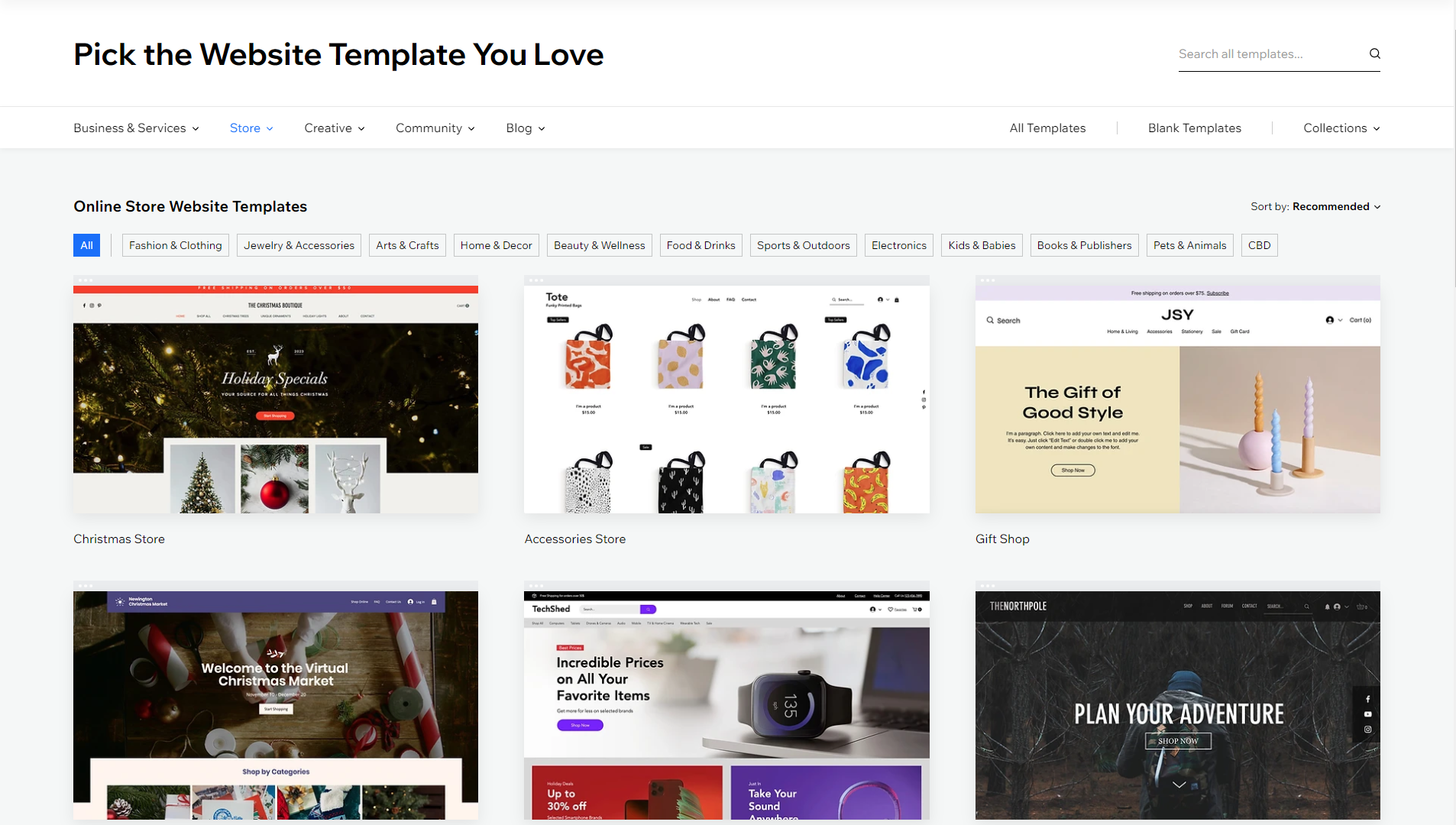
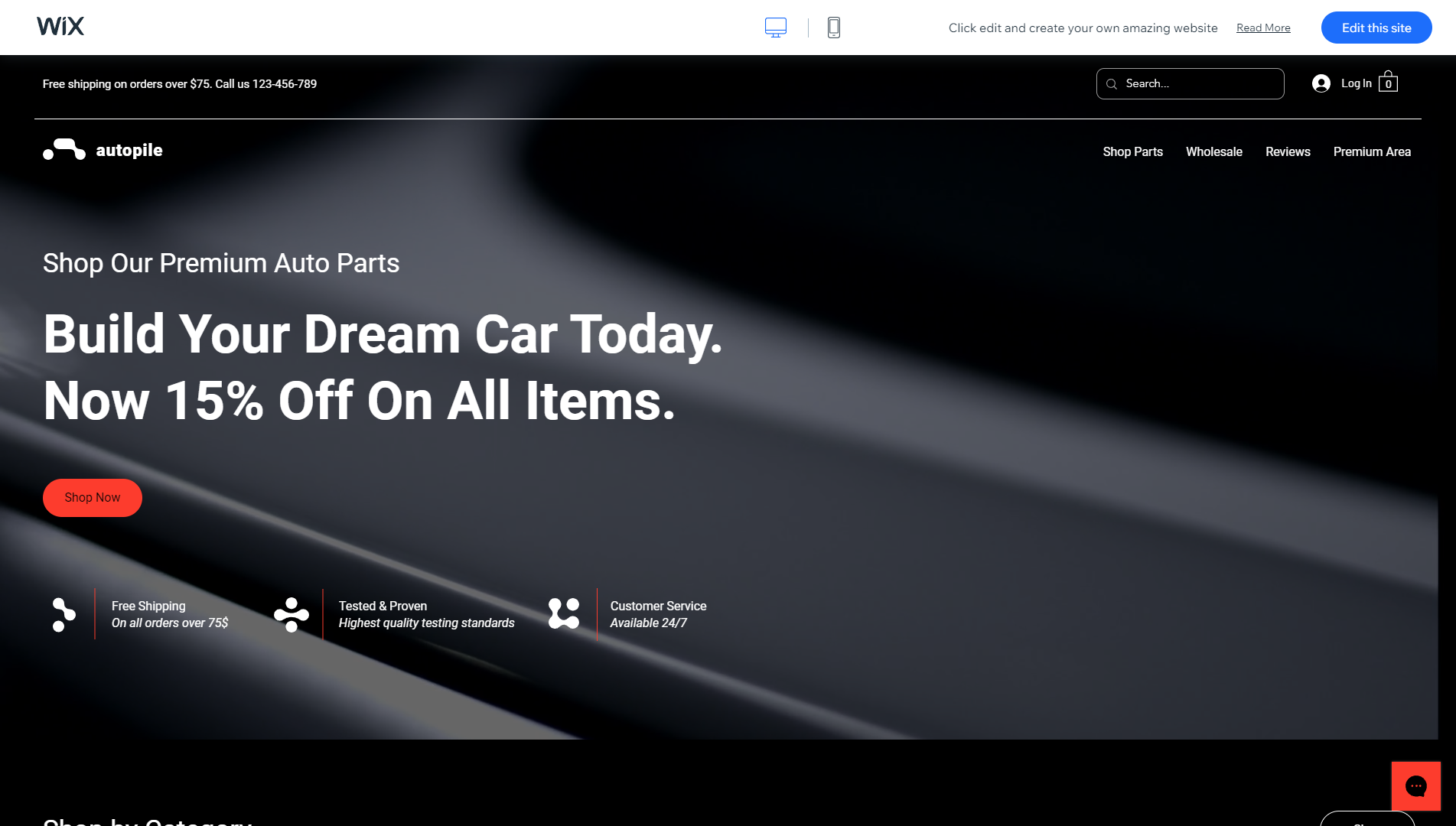
On the other hand, Webflow delivers a robust design experience with a diverse range of template and customization options. Boasting over 1000 pre-built templates covering various industries and website types, including free and premium options, Webflow ensures a constantly evolving library for users. Templates are categorized for easy browsing, considering industry, website type, style, and features.
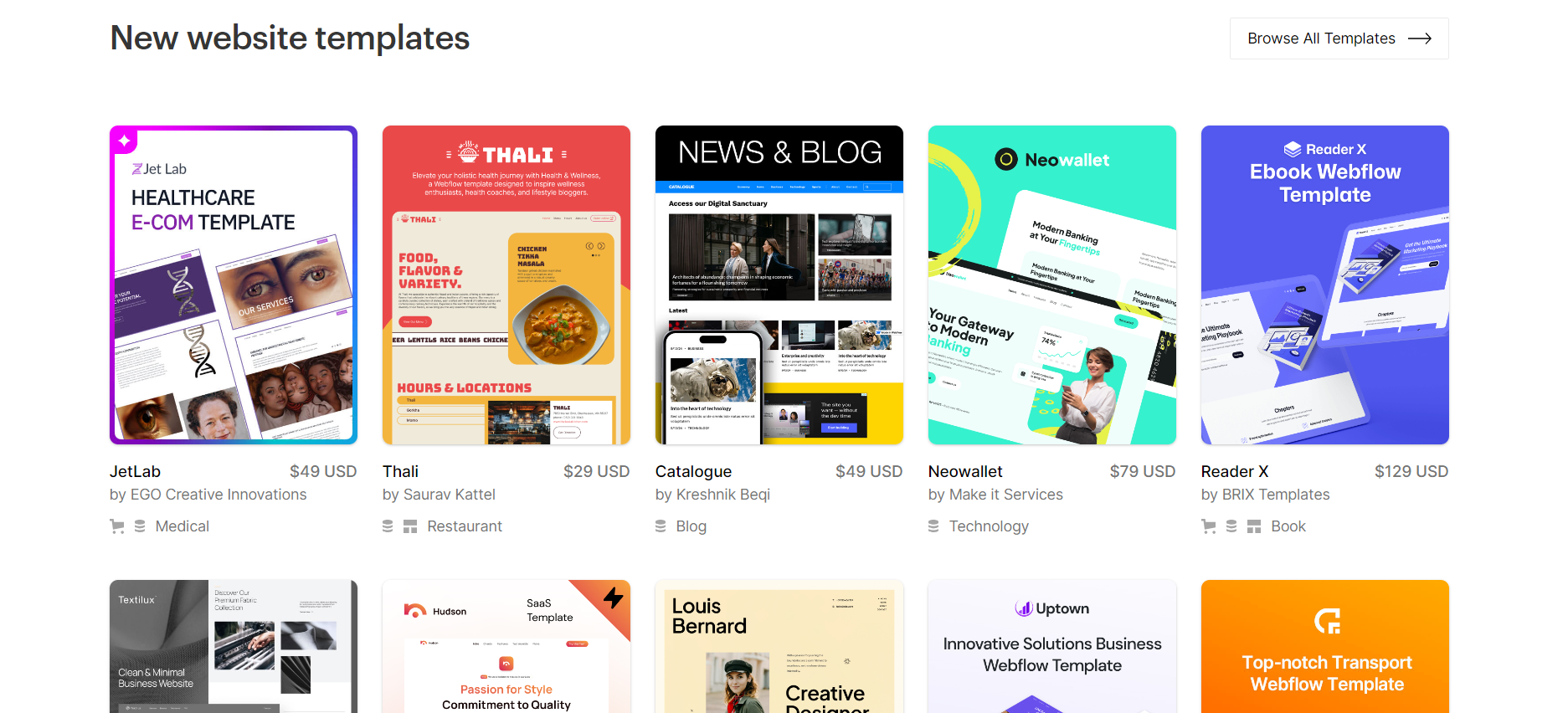
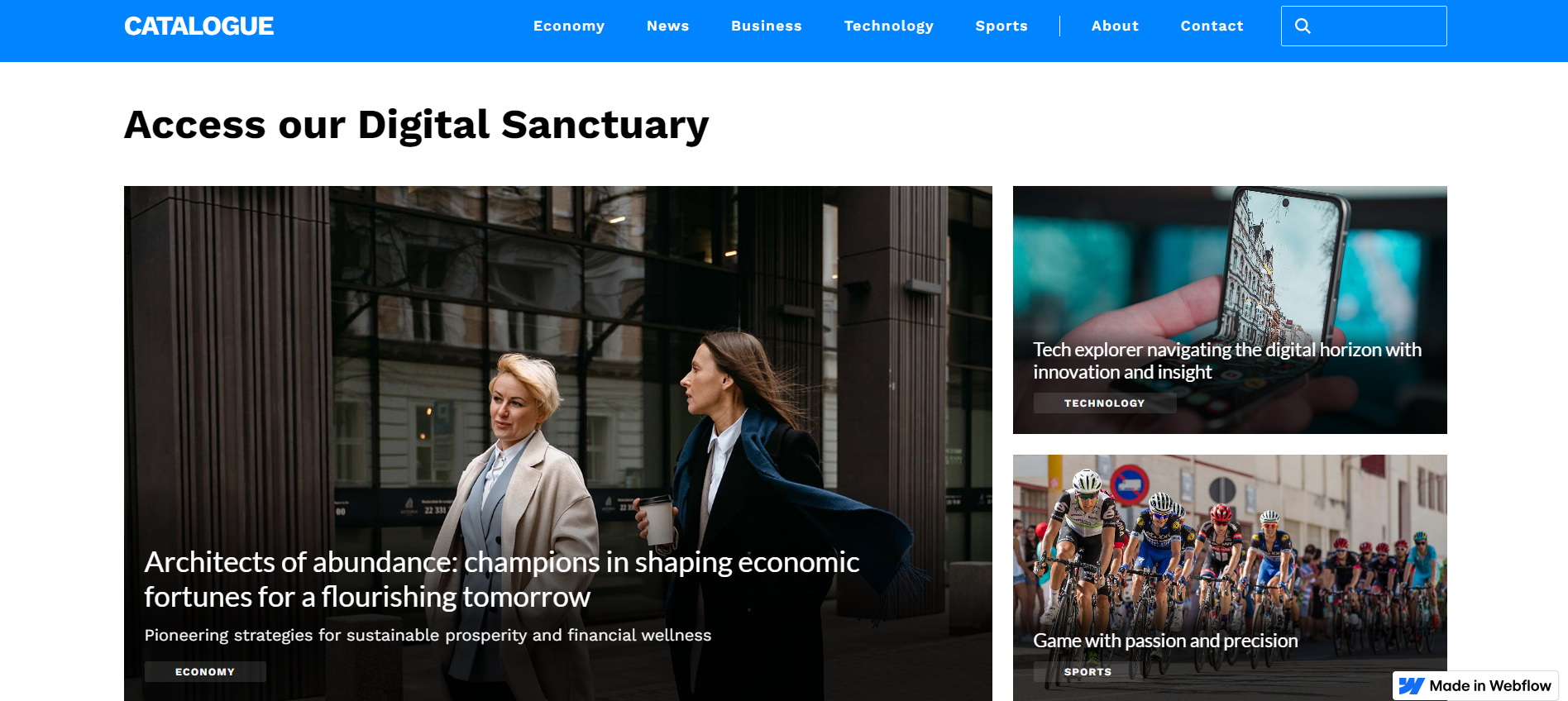
Get a head start on website creation with AI
Create a custom website tailored to your business needs 10X faster with 10Web AI Website Builder!
Ease of use
Ease of useReflects the platform’s overall user-friendliness.Score
Components:
- Learning curve (40%): Quickness and ease of getting started.
- Interface design (30%): Simplicity and intuitiveness of layout.
- User guidance (20%): Quality of tutorials and support.
- Flexibility (10%): Adaptability to various user skills.
 9.0
9.0
 7.5
7.5
🏆 Winner: Wix
. With a score of 9.0, Wix is known for its exceptional user-friendliness, featuring an intuitive drag-and-drop interface and an Artificial Design Intelligence (ADI) tool for effortless website creation. Webflow, scoring 7.5, offers a visually intuitive interface but has a steeper learning curve, making it more suitable for experienced designers and developers.
Learning Resources
🏆 Winner: Tie
. Both Wix and Webflow offer extensive learning resources. Wix provides a large collection of articles, video tutorials, and live chat support, while Webflow offers a comprehensive set of learning resources, including Webflow University and a YouTube Channel with diverse courses and tutorials.
For ecommerce
EcommerceMeasures the platform’s effectiveness in supporting online business activities.Score Components:
- Ecommerce themes and templates (20%): Variety and design of templates.
- Product management (25%): Ease of managing and organizing products.
- Payment options (25%): Variety and convenience of payment methods.
- Ecommerce features (20%): Features for managing an ecommerce store.
- Integration (10%): Compatibility with external e-commerce tools and services.
 8.0
8.0
 8.5
8.5
When it comes to ecommerce, both Wix and Webflow offer robust features. However, Webflow scores slightly higher with a score of 8.5 compared to Wix’s 8.0.

|

|
|
|---|---|---|
|
Ecommerce themes and templates |
7.5 |
7.5 |
|
Product page customization |
7.3 |
8.3 |
|
Payment processing and commissions |
8.7 |
7.8 |
|
POS capabilities |
6.0 |
6.5 |
|
Payment gateways |
8.2 |
8.0 |
|
Product numbers |
8.0 |
7.0 |
|
Additional ecommerce features |
7.8 |
7.9 |
Wix ecommerce features:
- Intuitive store builder
- Wix Payments and various gateways
- Basic inventory tools
- Multi-channel sales options
- Abandoned cart recovery
- Basic analytics and SEO tools
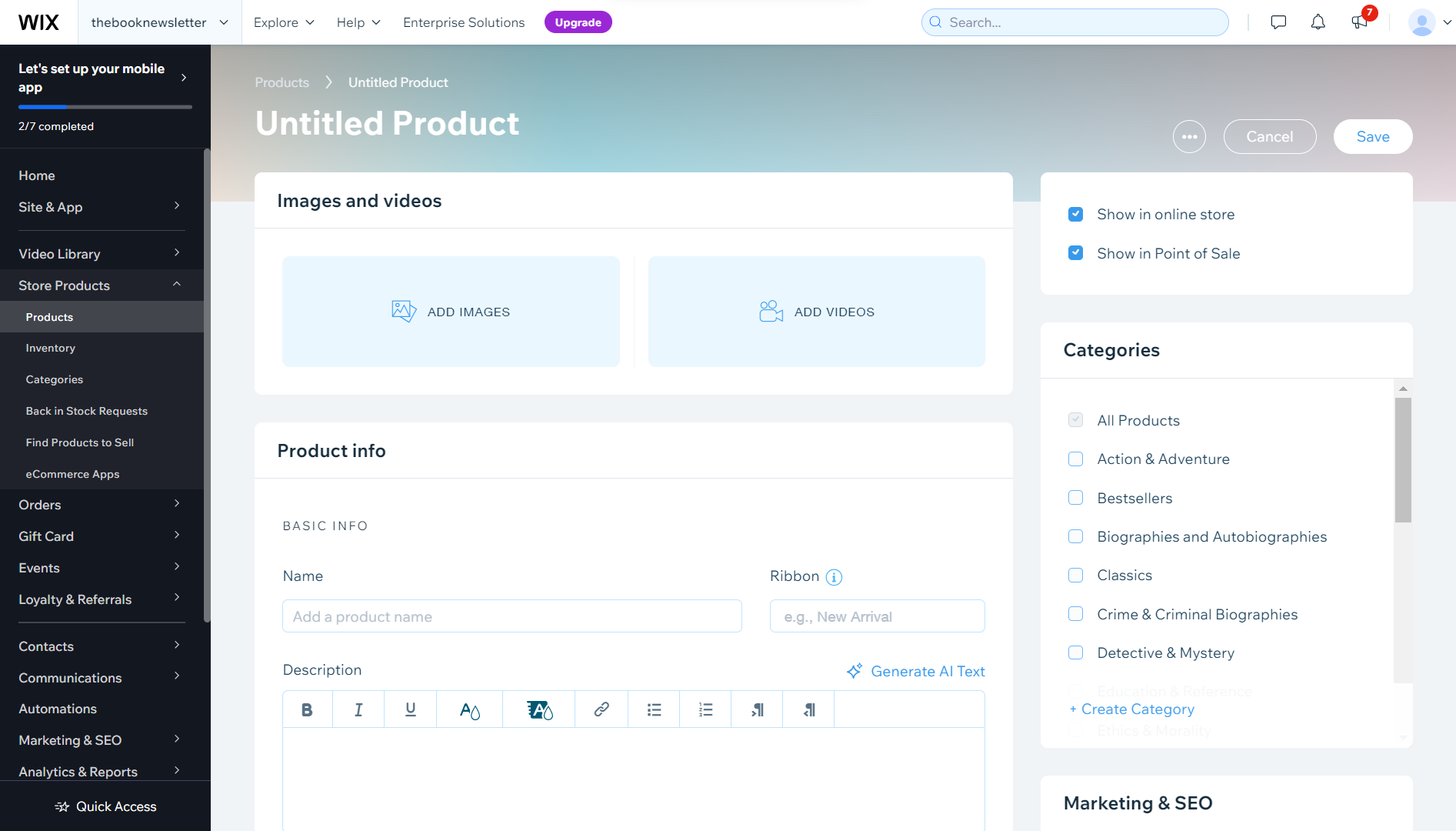
Webflow ecommerce features:
- Checkout and Payment Processing with Stripe, PayPal, etc.
- Marketing and Promotions
- Tax and Shipping calculations
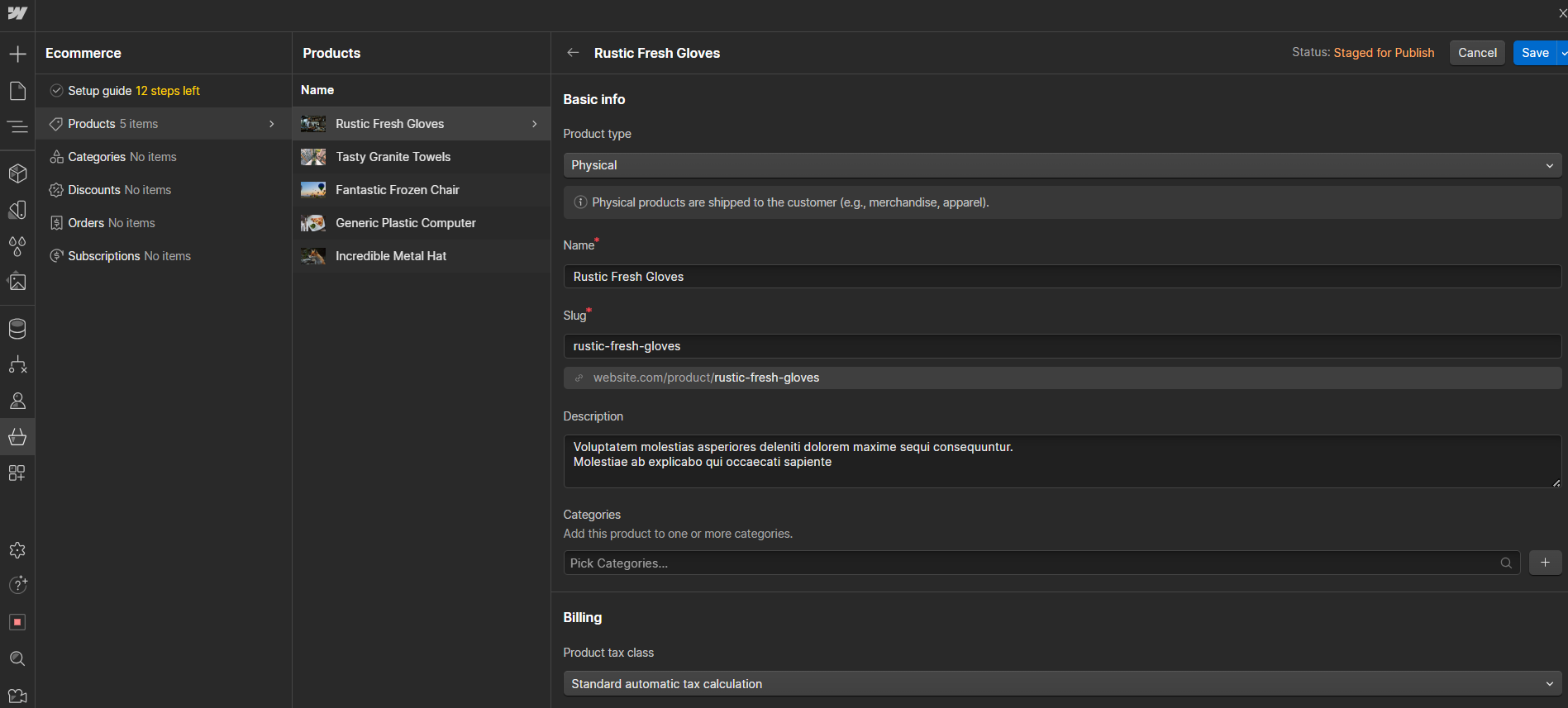
Ecommerce themes & templates
Wix provides around 120 free templates for ecommerce. However, these templates are not fully responsive and may need manual adjustments for mobile display. Wix allows for flexible website design but has limited options for in-depth customization using HTML or CSS. For advanced users, Wix Velo offers more detailed customization possibilities.
On the other hand, Webflow offers a diverse range of ecommerce themes and templates designed to cater to various types of online stores, from fashion and technology to artisan crafts and children’s products. Each template comes equipped with built-in ecommerce functionality, allowing you to easily add products and manage your store without the need for coding.
Product page customization
Wix permits the inclusion of six options per item with a total of 1000 unique variations for products. However, the potential complexity of having customers choose six attributes for a single item is acknowledged, and it is recommended to consider splitting products with extensive options into different listings for a more user-friendly experience. Wix stands out for its ease of customization, allowing users to add features like ribbons, size charts, wishlists, and more. While Wix supports product videos in its themes, incorporating 3D models on Wix requires coding.
Webflow offers extensive customization options for eCommerce product pages, allowing users to design and personalize their pages without coding. It provides tutorials for creating product pages from scratch, offers responsive templates for various devices, and allows users to add custom code and dynamic content using Webflow’s CMS for maximum customization flexibility.
Payment processing
Wix provides versatile payment options, generally around 2.9% + 30¢ per transaction, without additional commission fees. This makes Wix an attractive option for businesses using diverse payment processors. Wix Payments allows Wix users to manage transactions directly on their site, also supporting various payment methods and currencies.
Webflow provides a flexible and secure platform for payment processing and ecommerce through integrations with leading payment gateways like Stripe and PayPal. This allows users to accept a wide range of payments, including credit card transactions directly from their websites. Given the versatility of Stripe and PayPal, businesses can manage online sales efficiently, and these integrations likely support various transaction types, potentially including POS transactions for physical sales environments.
Website Editors
Website EditorsEvaluates the platforms’ website building and editing capabilities.Score Components:
- Customization tools (40%): Range and power of editing features.
- Editor usability (30%): User experience within the editor.
- Design flexibility (20%): Freedom in layout and design changes.
- Update and maintenance ease (10%): Simplicity of updating and maintaining the site.
 8.5
8.5
 9.0
9.0
🏆
Winner: Webflow
. Webflow, with a score of 9.0, is a cloud-based platform that combines web design, CMS, and hosting, enabling users to visually design responsive websites without writing code. It offers a drag-and-drop interface, integrated SEO tools, ecommerce functionalities, and the ability to add animations and interactions, making web development accessible for designers and powerful for developers. Webflow streamlines the process of web creation, from design to launch, offering both high customization and ease of use.
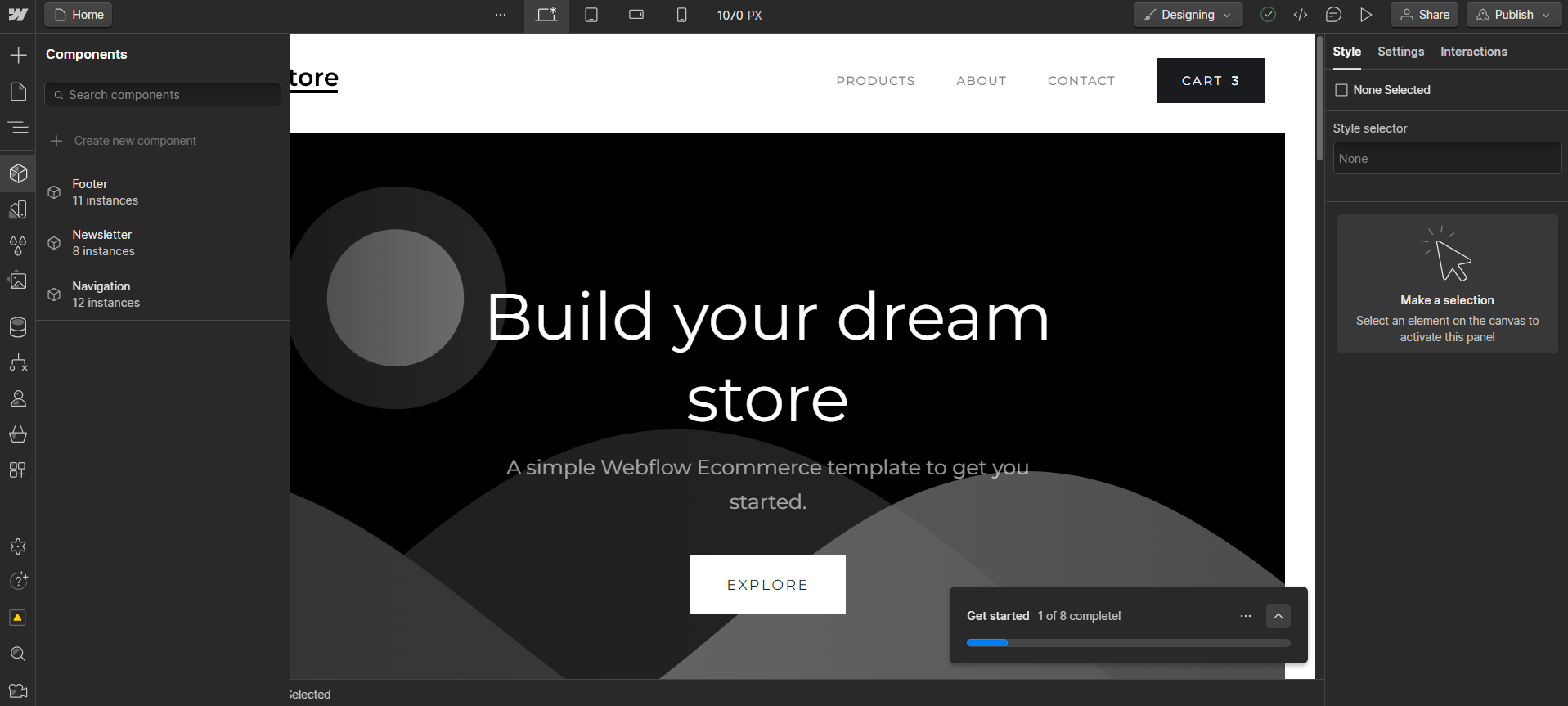
Wix, scoring 8.5, offers multiple editors catering to different user needs. Its standard editor is renowned for its drag-and-drop simplicity, allowing for extensive customization without needing to code. Additionally, Wix provides the ADI (Artificial Design Intelligence) editor, which creates a personalized website based on user responses to a few questions, and the Corvid by Wix editor, which allows for advanced web development with JavaScript and Wix APIs.
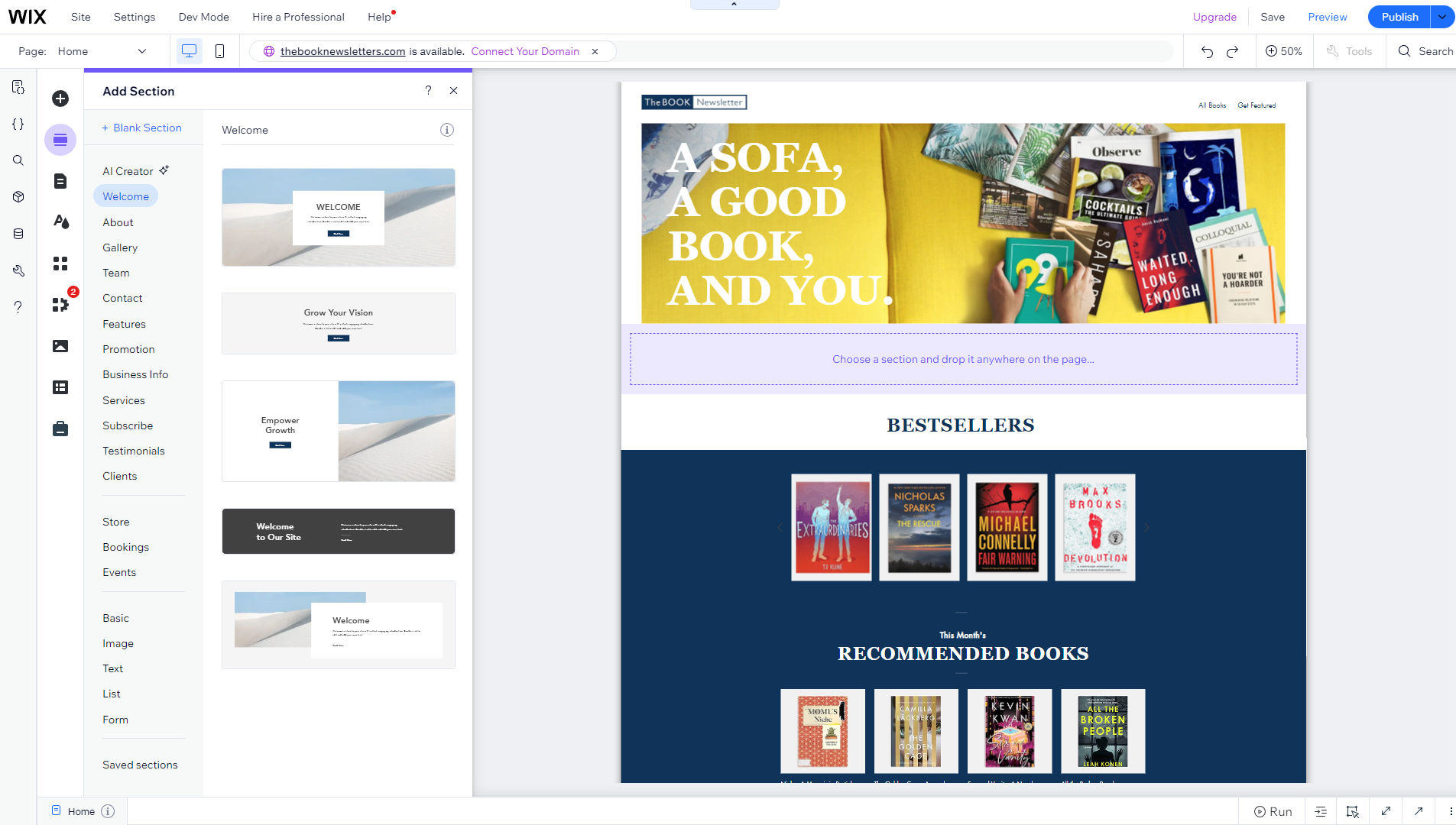
Mobile editor/app
 9.2
9.2
 7.0
7.0
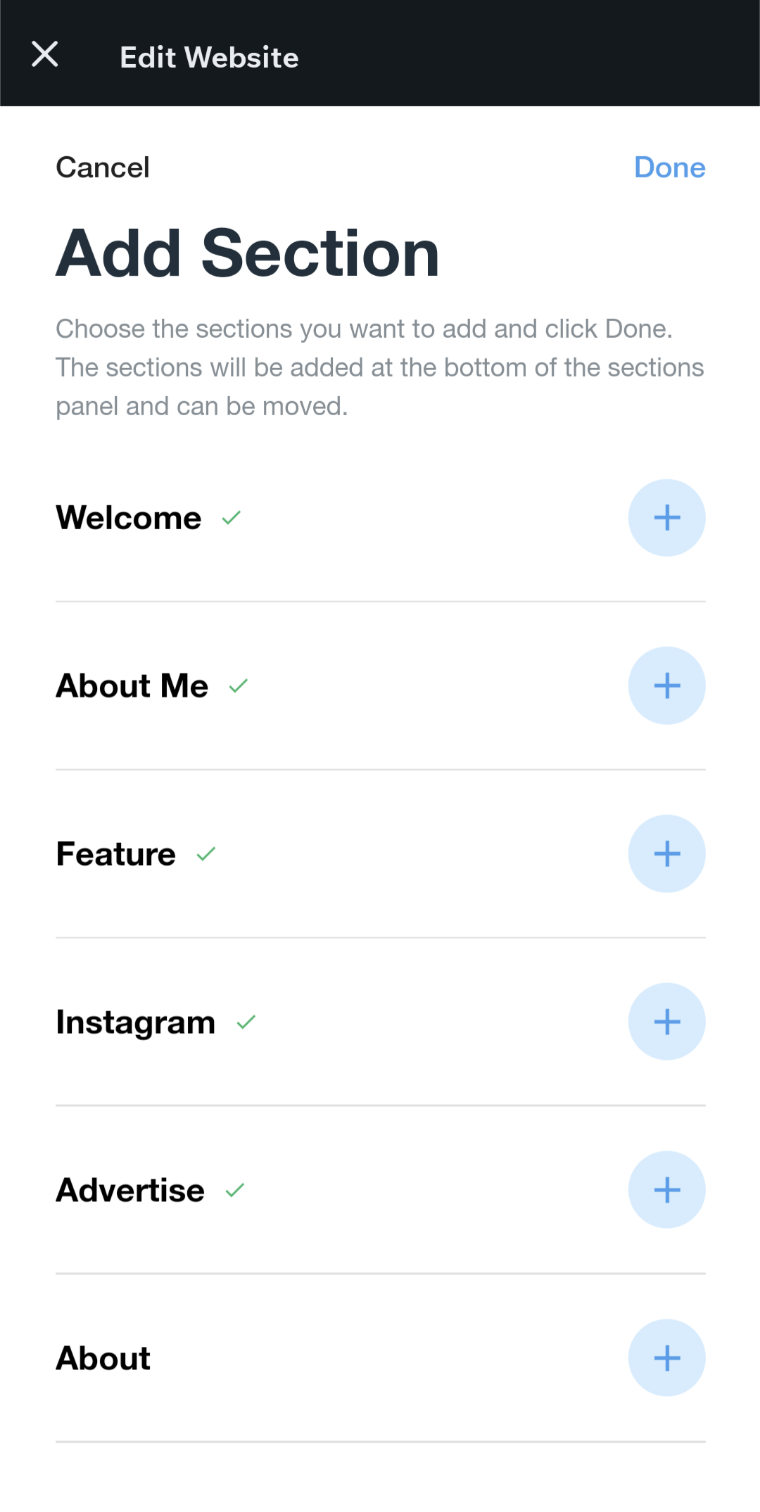
🏆
Winner: Wix
. Wix offers a user-friendly, drag-and-drop interface in its mobile app, excelling in general website editing. The app is particularly beginner-friendly, making it easy for users with no prior website building experience. Wix receives a higher rating for its versatility in general website editing and a more beginner-friendly interface.
On the other hand, Webflow does not have an official mobile editor app. There is a third-party app called EditFlow, created by a community member for Webflow users. However, this app is only available for iOS, limiting its accessibility for Android users.
Therefore, Wix is the clear winner in this category due to its official, user-friendly mobile app that caters to a wider range of users and devices.
Product testing options
Product Testing OptionsAssesses the options for trying out platform features before commitment.Score Components:
- Trial quality (40%): Extent and usefulness of the trial or free version.
- Feature accessibility (30%): How many features are available to test.
- Trial duration (20%): Length of the trial period.
- Ease of transition (10%): Smoothness of moving from trial to paid plans.
 8.1
8.1
 6.3
6.3
Overall Result
:
Wix wins
. Wix scores 8.1 in product testing options, while Webflow scores 6.3. Wix offers a free plan with basic features for an unlimited duration and occasionally offers opportunities to test premium features through promotions or limited-time trials. It also provides a 14-day money-back guarantee. On the other hand, Webflow offers a free plan with basic features but does not offer a trial version or a money-back guarantee.

|

|
|
|---|---|---|
|
Free Plan |
Yes (Basic features, indefinitely) |
Yes |
|
Trial Duration |
Unlimited (Free plan) |
No |
|
Testing Premium Features |
Limited, occasionally through promotions | Basic features with free plan |
|
Money Back Guarantee |
14-day money-back guarantee |
No |
Price
PriceLooks at the cost-effectiveness and value for money of each platform.Score Components:
- Plan value (40%): What each pricing tier offers.
- Transparency and clarity (30%): Clearness of pricing structures.
- Flexibility of plans (20%): Range of options to suit different budgets.
- Hidden costs (10%): Additional expenses not included in the plan.
 8.7
8.7
 8.0
8.0
Wix offers a more affordable range of plans, but Webflow provides a wider variety of options, including a free starter plan and custom pricing for enterprise-level needs.

|

|
|
|---|---|---|
|
Free |
No offering at this amount. |
Starter (Free): Limited features for new sites, including 2 static pages and 50 form submissions lifetime. |
|
$10-$20 |
No offering at this amount. |
Basic ($18/month): Suitable for simple sites with a custom domain, including basic SEO controls and 500 monthly form submissions. And 100 pages. Value for price: 6.5 |
|
$20-$30 |
Core plan($27/month): Unlimited physical products, ~2.9% + 30¢ per transaction, Digital products, Free custom domain for a year, Abandoned cart recovery, Gift cards (via app), recurring payments, No staff account limit. Value for price: 8.5 |
CMS ($29/month): For content-driven sites with 2,000 CMS items, 1,000 monthly form submissions, and full API access. And 150 website pages. Value for price: 7.5 |
|
$30-$45 |
Business ($32/month): Advanced ecommerce features, Same transaction fees, Free domain for a year, Subscription payments, Automated international sales tax, Label printing, Dropshipping, Product reviews, No staff account limit. Value for price: 8.7 |
Standard ($42/month): For new businesses with up to 500 ecommerce items, includes basic ecommerce features, and 2% transaction fee Value for price: 8.5 |
|
$45-$50 |
No offering at this amount. |
Business ($49/month): High traffic capacity, advanced features like site search, and up to 10 content editors. Value for price: 8.0 |
|
$80-$90 |
No offering at this amount. |
Plus ($84/month): Higher volume businesses with 0% transaction fees, up to 5,000 ecommerce items, and advanced features. Value for price: 9.0 |
|
$100+ |
Business Elite ($159/month): All ecommerce features, Automated sales tax for up to 500 transactions/month, Custom reports, Loyalty program, Priority support, No staff account limit. Value for Price: 9.0 |
Advanced ($235/month): Scalable solution for large online stores with up to 15,000 ecommerce items and the highest caps and 0% transaction fees. Value for Price: 9.5 |
location. As a result in rare cases the prices displayed here can differ from the ones you see on their
websites.
Hosting quality
Hosting
qualityExamines the reliability and performance of the hosting solutions.Score Components:
- Uptime (40%): Consistency and reliability of website availability.
- Speed (30%): Loading times and performance.
- Bandwidth and storage (20%): Sufficiency of resources provided.
- Data centers (10%): Quality and distribution of hosting infrastructure.
 8.5
8.5
 8.9
8.9
🏆
Winner: Webflow
Webflow’s managed hosting, with a 99.99% uptime and a guarantee on their Enterprise plan, offers a robust solution for professional designers. Wix, with a 99.95% uptime and 10 global data centers, provides more affordable, general-purpose hosting, suitable for smaller budgets and websites. Webflow’s superior uptime and hosting management give it the edge in this category.

|

|
|
|---|---|---|
|
Do they offer hosting? |
Yes, included in all paid plans |
Yes, included in all paid plans |
|
Data Centers: |
10 globally: USA (Ashburn, Virginia; Los Angeles, California; Miami, Florida), Germany (Frankfurt), Israel (Tel Aviv), India (Mumbai), Brazil (São Paulo), Singapore, South Korea (Seoul), and Taiwan (Taipei) |
Webflow doesn’t actually have its own data centers. Instead, it relies on a globally distributed network of data centers from Amazon Web Services (AWS) and Fastly. |
|
Type of hosting: |
Multi-Cloud Infrastructure (AWS, GCP, own data centers) |
Managed Hosting |
|
Uptime: |
99.95% |
99.99% |
|
Uptime Guarantee: |
No |
Only Enterprise plan, 99.99% |
Website Speed Optimization
Website Speed OptimizationEvaluates optimization of website loading timesScore Components:
- PageSpeed Score (30%): Google’s score indicating performance optimization.
- Loading Time (30%): The average time until a website is fully interactive.
- Mobile Optimization (15%): Optimization effectiveness for mobile devices.
- Resource Optimization (15%): Optimizing images, scripts, and other heavy resources.
- CDN Usage (10%): Use of CDN to enhance speed across geolocations.
 8.3
8.3
 8.1
8.1
🏆 Winner: Wix
Both Wix and Webflow prioritize website performance and page speed, with Wix focusing on media optimization, CDN, and mobile-first strategies, and Webflow emphasizing custom cache settings, custom element lazy loading, automatic minification, responsive templates, and CDN. However, Wix gets a slight edge when it comes to website speed optimization.

|

|
|
|---|---|---|
|
Focus |
Media optimization, CDN, Mobile-first |
Custom Cache Settings, Custom Element Lazy Loading, Automatic Minification, Responsive templates, CDN |
|
Performance Tools |
Google PageSpeed Insights Integration |
Google Lighthouse, PageSpeed Insights |
|
Key Strategies |
Media optimization, CDN, Mobile-first |
Custom Cache Settings, Custom Element Lazy Loading, Automatic Minification, Responsive templates, CDN |
|
Load Times |
0.8s to 3.5s (Average: 1.6s) |
Below 2 seconds average |
|
Page Speed Scores Range |
34/100 to 98/100 (Average: 81.9/100) |
77.2/100 |
|
Core Web Vitals Improvement |
25% increase in good CWV scores over a year |
Improving components’ usability, and emphasis on LCP, FID and CLS |
In recent years, Wix has significantly focused on enhancing website performance and page speed, integrating tools like the Site Speed dashboard with Google PageSpeed Insights to provide a holistic view of website performance metrics. Emphasizing media optimization, code simplification, content distribution networks, lazy load techniques, and mobile-first designs, Wix’s infrastructure includes globally distributed CDNs, improving content delivery. Successfully improving Core Web Vitals (CWV) scores, Wix saw a 25% increase in sites with good CWV scores over a year. Real-world performance analysis of 909 Wix websites showed a wide range of page speed scores from 34/100 to 98/100, averaging 81.9/100, with the Largest Contentful Paint an important metric for website loading, ranged from 0.8 seconds to 3.5 seconds, with an average of 1.6 seconds.
Webflow, like Wix, places a strong emphasis on website performance and page speed. Webflow’s approach to enhancing site speed includes custom cache settings, custom element lazy loading, automatic minification, responsive templates, and CDN. This approach leverages Webflow’s fast servers and CDN network to boost load speed. Analysis of Webflow sites showed an average page speed score of 77.2/100, and load times averaging below 2 seconds. Continuous maintenance and optimization are essential for keeping Webflow sites fast.
Get a head start on website creation with AI
Create a custom website tailored to your business needs 10X faster with 10Web AI Website Builder!
Plugins and integrations
Plugins and integrationsMeasures the range and effectiveness of additional plugins and integrations.Score Components:
- Variety of options (40%): Range of available add-ons.
- Integration smoothness (30%): Ease of integrating plugins into the site.
- Quality of plugins (20%): Functionality and reliability of the options.
- Custom integration capabilities (10%): Support for custom or third-party integrations.
 8.2
8.2
 5.5
5.5
🏆 Winner: Wix.
Wix, with a score of 8.2, offers a more extensive range of plugins and integrations compared to Webflow, which scores 5.5. Wix’s App Market boasts over 500 apps, enhancing functionalities across various domains including ecommerce, SEO, social media, and more. On the other hand, Webflow doesn’t have traditional plugins or extensions, but offers a built-in library of website elements and functionalities, and integrates with third-party services. However, the number and variety of Wix’s plugins give it the edge in this category.
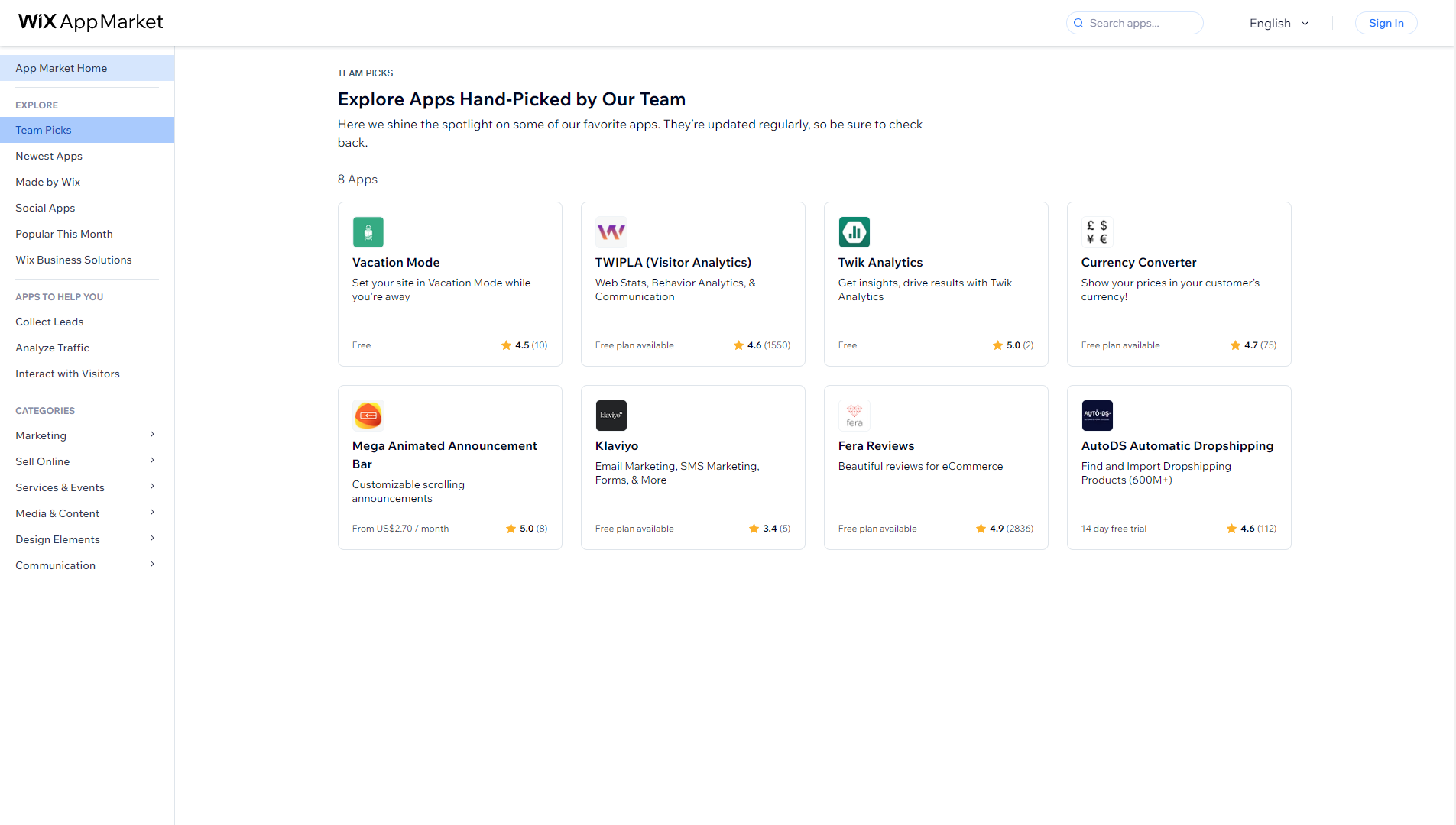
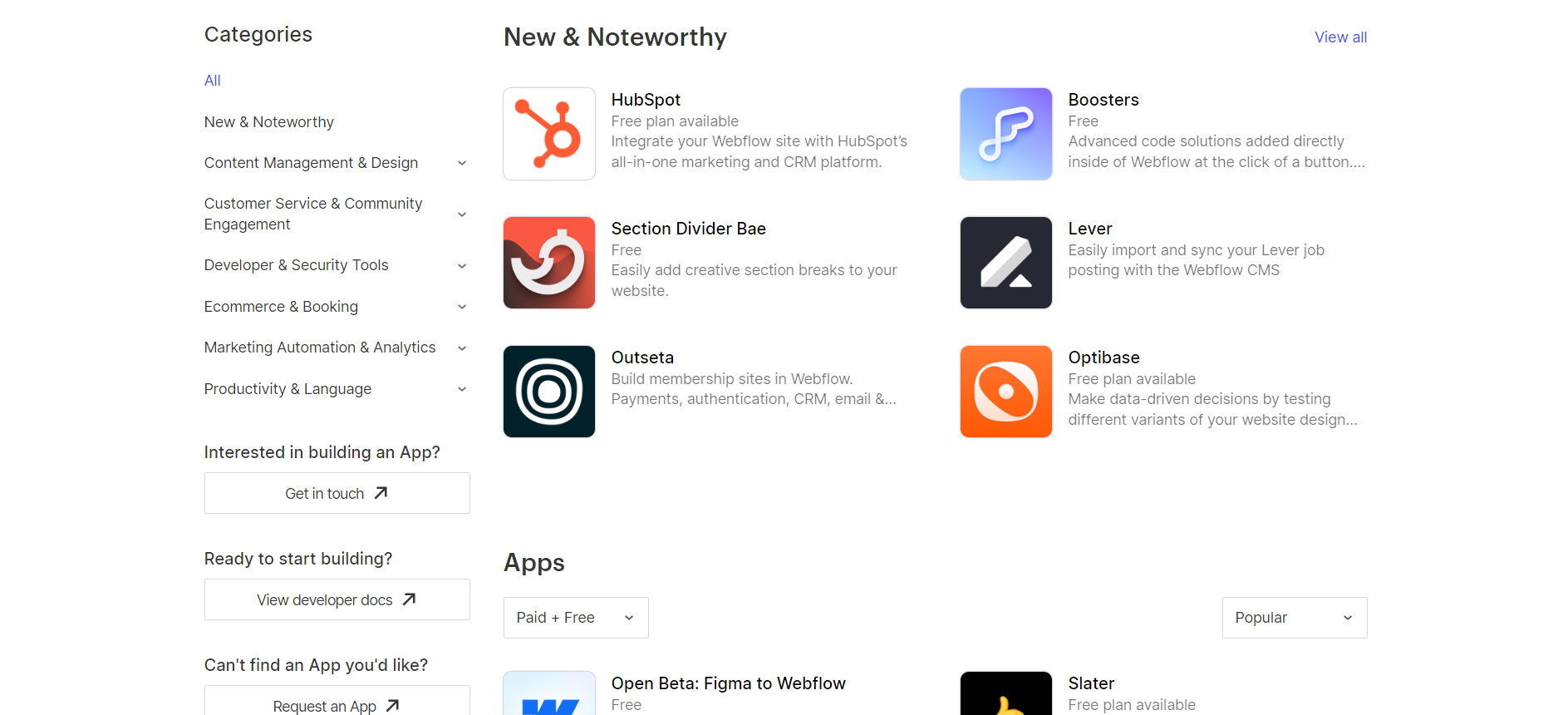
Marketing Features
Design FunctionalitiesRepresents how well each platform allows for creative design and customization of websites.Score Components:
- Template Variety (30%): Range and quality of design templates.
- Customization (30%): Flexibility and options for design alterations.
- User Interface (20%): Ease and intuitiveness of the design process.
- Responsiveness (10%): Adaptability to different devices and screen sizes.
- Innovation (10%): Unique design features and tools.
 8.4
8.4
 7.8
7.8
🏆
Overall Winner: Wix
. Wix edges out Webflow with a slightly higher marketing features score. Both platforms offer a comprehensive set of marketing tools, but Wix’s user-friendly interface and advanced social media integration make it a more appealing choice for users who prioritize marketing.

|

|
|
|---|---|---|
|
SEO Tools |
|
|
|
Email Marketing |
|
|
|
Blogging |
|
|
|
Social Media Integration |
Advanced integration for selling directly on social platforms |
Simplifies content sharing and audience engagement |
|
Analytics and Reporting |
Detailed analytics for in-depth insights |
Integrates with Google Analytics for comprehensive web traffic and behavior analysis |
|
Ads and Promotions |
Google Ads integration; sophisticated ad campaign management |
Supports ad and promotion management through integration with platforms like Google Optimize |
Customer Support
Customer supportEvaluates the quality and availability of support options.Score Components:
- Response time (40%): Speed of support responses.
- Support quality (30%): Effectiveness and helpfulness of the support.
- Availability (20%): Range of support channels (phone, chat, email).
- Resource richness (10%): Quality of self-help and educational materials.
 8.2
8.2
 8.3
8.3
🏆 Winner: Webflow
. Comparing Wix vs Webflow, Webflow edges out Wix in this category with a slightly higher customer support score of 8.3. Webflow offers 24/7 support through live chat, email, and a community forum, ensuring users can get help whenever they need it. Additionally, Webflow provides extensive documentation and video tutorials, which are highly beneficial for troubleshooting and learning the platform.
Wix, on the other hand, offers a robust support system with phone support (callback service during business hours), 24/7 live chat in multiple languages, and a large community forum. While Wix’s support is commendable and user-friendly, it falls just short of Webflow’s comprehensive and always-available support options.
Security
SecurityLooks at the platforms’ security measures and data protection.Score Components:
- Data protection (40%): Safeguards for user and customer data.
- SSL and encryption (30%): Implementation of secure connections.
- Compliance (20%): Adherence to industry security standards.
- Regular updates (10%): Frequency of security updates and patches.
 8.5
8.5
 7.8
7.8
🏆
Winner: Wix
. Both Wix and Webflow prioritize data privacy and security, but Wix edges out with a slightly higher security score. Wix ensures website and data security through secure servers, encryption, and compliance with privacy regulations. They also have strict access controls, regular security audits, and additional features like two-factor authentication to enhance protection. Wix communicates transparently through clear privacy policies, practices data minimization, and empowers user control over their data.
Webflow also ensures the privacy and security of user data by implementing robust encryption techniques and strict access controls. They regularly update their systems and conduct audits to identify and address any potential vulnerabilities. Additionally, Webflow offers two-factor authentication for added security. However, their overall security score is slightly lower than Wix’s, making Wix the winner in this category.
AI Capabilities
AI capabilitiesMeasures the effectiveness of AI-driven features and tools.Score Components:
- Automation efficiency (40%): Impact of AI on streamlining processes.
- Personalization (30%): AI-driven customization for users or customers.
- AI-Assisted design (20%): Role of AI in website design and functionality.
- Data analysis (10%): Use of AI in interpreting user data and analytics.
 8.7
8.7
 8.3
8.3

|

|
|
|---|---|---|
|
Personalized Design |
Wix ADI offers tailored design suggestions based on user inputs |
|
|
SEO Optimization |
AI-driven recommendations for better search engine visibility |
|
|
Customer Behavior Analysis |
Advanced analytics to understand customer preferences |
|
|
Sales Predictions |
AI-powered sales forecasting tools |
|
|
Inventory Management |
AI tools to assist in efficient inventory handling |
|
|
Content Generation |
AI assistance in creating and optimizing site content |
|
🏆 Winner: Wix
. Wix’s AI capabilities, particularly through its Artificial Design Intelligence (ADI)
system, are highly user-friendly and innovative. It excels in offering personalized website design suggestions, content
optimization, and streamlined site setup processes. Wix’s AI also assists in providing SEO recommendations and
layout adjustments based on user behavior.
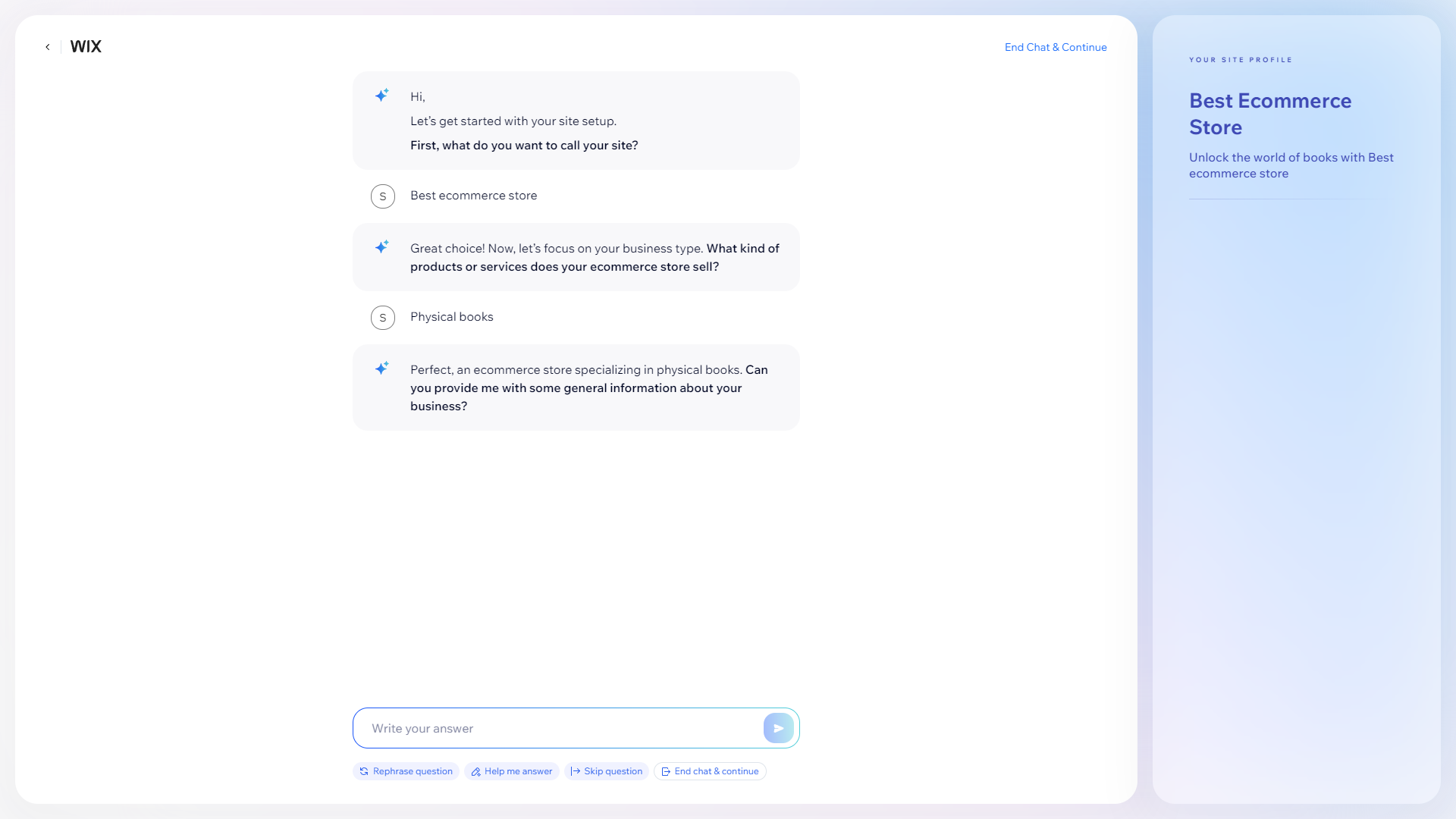
Webflow, with a score of 8.3, does not currently have AI capabilities. However, they have announced plans to introduce AI features in the future. These features are expected to improve the visual development learning journey, create and iterate designs faster with an AI copilot, and offer AI-customized templates for quicker website creation.
User Management
User ManagementAssesses the platforms’ capabilities in managing user roles, permissions, and accessibility.Score Components:
- Role Customization (40%): Flexibility in creating and defining user roles and
permissions. - Ease of Management (30%): User interface and tools for managing users.
- Access Control (20%): Effectiveness of access control measures for different user
levels. - Scalability (10%): Ability to manage a growing number of users efficiently.
 8.2
8.2
 8.3
8.3
🏆 Winner: Webflow
. Both Wix and Webflow offer robust user management features, but Webflow edges out with a slightly higher score.
- Wix allows unlimited editors regardless of the plan, but caution is needed with 50+ editors to avoid potential backend performance issues. It excels for large, collaborative teams.
- In Webflow, the number of users who can edit a website and their access levels vary by plan. Core, Growth, and Enterprise plans offer unlimited editors, while others limit content editors to 3 or 10 per site. Access levels include Designer for full access and Editor for content editing. Workspace roles like Admin, Designer, and Editor ensure collaboration and security through features like the Site Activity Log and role-based permissions.
Wix User Roles and Access Levels:
| Role | Description | Access Highlights |
|---|---|---|
| Site Owner | Full control over website | Manage pages, menus, forms, SEO, settings. Create and manage editor and contributor accounts. |
| Editor | Full editing access to website content | Add/edit pages, modify text and images, adjust design elements, create forms. Cannot manage site settings or user accounts. |
| Contributor | Limited access to specific pages/sections | Edit assigned pages and sections only. No access to other site areas. |
| Member | Access to specific features | Login access to forums, private pages, or other restricted areas. Limited interaction with overall site management. |
Webflow User Roles and Access Levels:
| Role | Description | Access Highlights |
|---|---|---|
| Workspace Owner | Full control over Workspace settings and member management. | Edit settings, manage billing, access/edit all sites, invite/remove members, manage permissions. |
| Workspace Admin | Similar to the owner with some restrictions. | Edit settings, manage billing, access/edit all sites, invite/remove members (except owner), manage permissions. |
| Workspace Member | Limited control focused on site interaction. | Download invoices, access/edit sites, invite members. |
| Workspace Guest | Temporary collaborators with limited access. | Access/edit sites. |
| Workspace Commenter | Limited to commenting for feedback on sites. | Create/view/resolve comments, preview sites. |
| Site Admin | Full control at the site level. | Manage permissions, delete/transfer sites, billing management, design and publish changes. |
| Can Design | Design capabilities with some restrictions on publishing. | Design in Designer, create/modify classes and components, publish changes with permission. |
| Can Design (Limited) | Restricted design capabilities for Enterprise customers. | Create new classes, modify created classes, limited publishing capabilities. |
| Can Edit | Content editing without full design privileges. | Edit text/links/images, manage assets, publish Collection items and Ecommerce products. |
| Can Comment (Site Level) | Commenting for feedback at the site level. | Create/view/resolve comments, preview sites. |
Additional Features

|

|
|
|---|---|---|
|
SSL Certificate |
|
|
|
Custom Domain |
|
|
|
Free Custom Domain Included |
|
|
|
International Domains |
|
|
|
Mobile Responsive |
|
|
|
Page Speed |
|
|
|
Website Builder Mobile App |
|
|
|
Convert a Website To An App |
|
|
|
Website Analytics |
|
|
|
Multilingual Sites |
|
|
|
Multiple Users |
|
|
Wix vs Webflow: User Feedback
Wix, though well-regarded, caters to a diverse set of website requirements beyond just ecommerce. This inclusive strategy attracts a broad user audience but might not align as closely with individuals prioritizing advanced ecommerce features. With a G2 rating of 4.2/5 from 1641 reviews, users appreciate its user-friendly interface and range of templates, making it a popular choice for those looking to build and manage an online presence without coding.
Webflow receives high praise for its user-friendly interface, eliminating the need for coding while offering extensive design flexibility. Users appreciate its scalability, cost-effectiveness, and seamless integration of essential features like forms and CMS. However, some users note a slight learning curve and occasional limitations, particularly in ecommerce functionalities and content management. With a G2 rating of 4.4/5 from 540 reviews, Webflow proves to be a powerful tool for building and managing websites, offering robust features for both beginners and experienced developers, albeit with some room for improvement in certain areas like collaborative editing and content management.
The making of this blog
We followed a clear, step-by-step process to write and research this article.
Wix vs Webflow: FAQ
Which platform is better for beginners, Wix or Webflow?
Can I use both Wix and Webflow for creating an ecommerce website?
How do Wix and Webflow differ in terms of design flexibility and customization?
What are the major differences in pricing between Wix and Webflow?
Which platform offers better customer support, Wix or Webflow?









